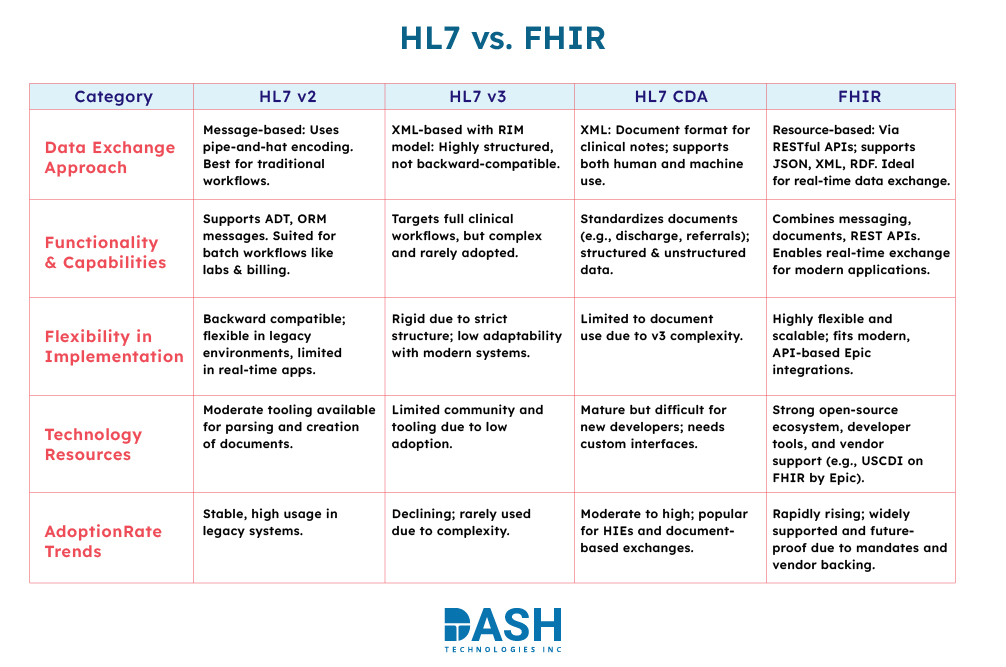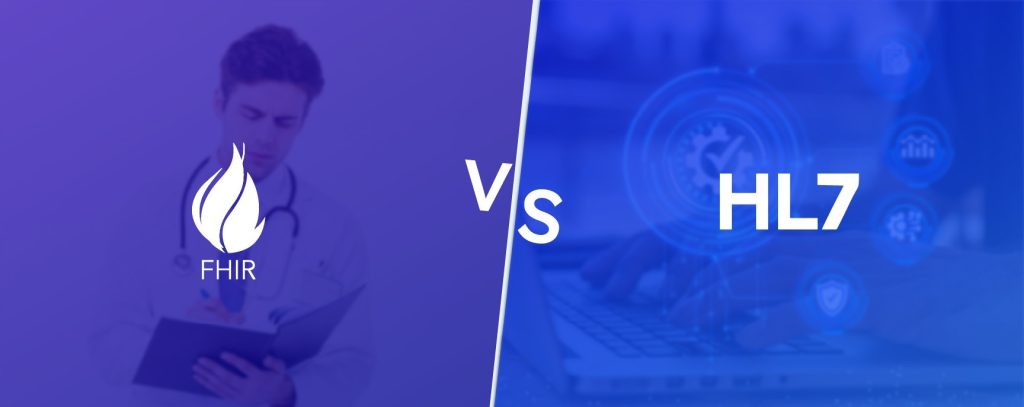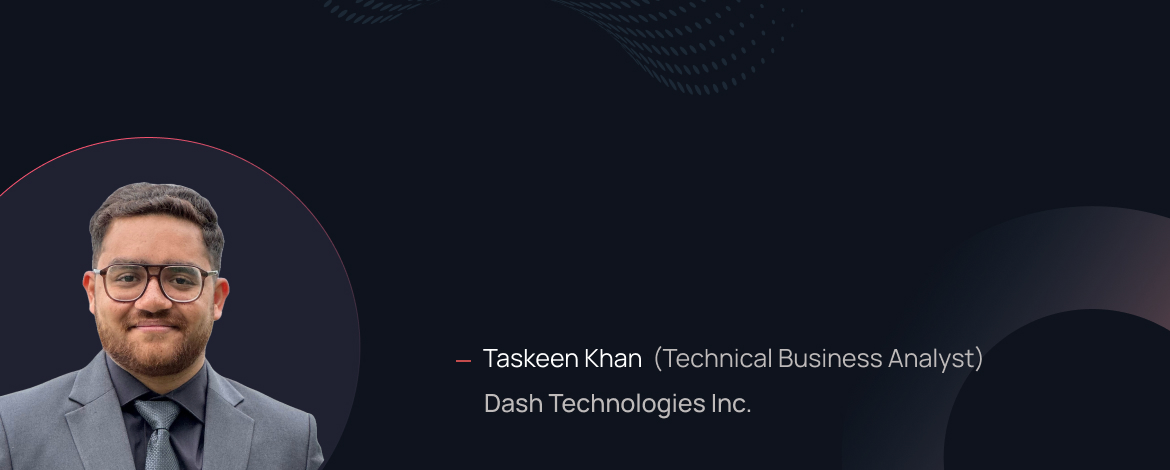Choosing Between HL7 vs. FHIR for Epic EHR & EMR Integration
Epic EHR & EMR integration has evolved dramatically thanks to HL7 and FHIR standards, addressing years of fragmented health data exchange and poor care coordination. For a long time, the lack of standardization in health data systems negatively impacted patient outcomes and operational efficiency.
Today, HL7 and FHIR have transformed the healthcare industry by enabling seamless data sharing, reducing costs, and improving the quality of care. These standards serve as core components of Epic’s interoperability framework and are now widely adopted across global healthcare systems. As the demand for streamlined, secure, and scalable integration grows, the debate around HL7 vs. FHIR has never been more relevant.
This blog will explain the key differences between HL7 and FHIR, helping healthcare leaders make better decisions for Epic integration and create a more connected healthcare system.
Understanding HL7 and FHIR
What Is HL7?
Health Level Seven International developed Health Level Seven (HL7) international standards beginning in 1987 for secure health data exchange between healthcare systems, which are essential for Epic EHR & EMR integration. The most utilized HL7 version, V2, employs text messaging to facilitate the real-time transfer of health information for activities such as patient admissions and laboratory outcomes.
The HL7 V3 standard uses an XML-based structure to improve data consistency, while HL7 CDA (Clinical Document Architecture) exchanges clinical documents through formats understandable by both humans & machines. The HL7 standards collectively serve as the foundation for healthcare interoperability while establishing principles for contemporary solutions such as FHIR.
What is FHIR (Fast Healthcare Interoperability Resources)?
HL7 International developed FHIR as a modern web-based standard that solves the problems associated with traditional HL7 messaging systems. FHIR takes advantage of present-day web tech, including RESTful APIs & data formats like JSON & XML, to enable the exchange of specific healthcare data elements or resources, such as Patients or Medications, instead of complete documents.
HL7 Vs. FHIR. What Are the Differences?

Data Exchange Approach
The approach to data exchange defines how each standard structures and transmits healthcare information, impacting its suitability for Epic EMR integration.
HL7 V2: Employs a message-based approach using pipe-and-hat encoding (e.g., MSH|^~\&|). It sends data in predefined message formats, ideal for traditional workflows like patient admissions or lab results. Its simplicity suits legacy systems but limits real-time capabilities.
HL7 v3: This system implements an XML-based structure, which is based on the Reference Information Model (RIM) that provides an object-oriented framework for uniform data representation. This structured method seeks semantic interoperability but remains complex and cannot function with v2.
HL7 CDA: This HL7 v3 version includes an XML-based document architecture intended to structure clinical documents such as discharge summaries. The architecture supports both human readability and machine processing capabilities to facilitate document exchange instead of message transmission.
FHIR: Employs a resource-based framework through RESTful APIs, which allows modern web data tech, including JSON, XML, and RDF. Epic’s API-driven integrations benefit from modular resources (e.g., Patient, Observation), which enable flexible and real-time data exchange.
Functionality and Capabilities
Each standard’s functionality defines which types of data exchange it can support, which is essential to meet Epic EMR integration requirements.
HL7 v2: The system enables the exchange of clinical and administrative data through ADT (admission/discharge/transfer) and ORM (order) messages. This system performs exceptionally well with batch processing workflows such as lab results and billing but does not provide real-time support capabilities.
HL7 v3: This healthcare standard targets complete coverage of healthcare workflows, including clinical and administrative processes, using well-defined XML messages. The system supports intricate procedures such as chronic disease management, but faces difficulties in implementation, leading to minimal usage.
HL7 CDA: The HL7 CDA standard allows for the standardization of clinical documents; such as referrals and progress notes, facilitating the exchange of both structured & unstructured data.
FHIR: Provides diverse services by enabling messaging (such as v2), document exchange (such as CDA), RESTful APIs, and service options. The system provides immediate data availability for telehealth platforms, analytics tools, and patient portals and supports Epic’s interoperability objectives.
Unified Integration Support for HL7 & FHIR
From legacy HL7 systems to modern FHIR APIs, we provide end-to-end Epic integration solutions tailored to your workflows.
Let’s Build TogetherFlexibility in Implementation
It is about how well a standard can adapt to different healthcare applications while working with Epic EHR & EMR integration.
HL7 v2: The HL7 v2 standard enables traditional use cases effectively because its flexible structure allows all v2. X versions maintain backward compatibility. While it performs well in traditional settings, its limitations become apparent in interactive applications that demand real-time & custom interfaces.
HL7 v3: Its strict RIM-based structure makes it rigid, restricting its ability to adapt. The intricate structure of HL7 v3, combined with its incompatibility with v2, limits its ability to integrate with current technology systems.
HL7 CDA: HL7 CDA supports document exchange and can handle structured and unstructured data. It takes on the complex structure from v3, which limits its application beyond document usage.
FHIR: FHIR demonstrates high adaptability by enabling support for several data formats such as JSON, XML and RDF along with multiple paradigms including RESTful services as well as messaging and document exchanges. Its API-driven design and modular resources enable scalable integration with modern Epic systems.
Technology Resources Availability
Available technology resources, such as developer support tools, affect how straightforward it is to implement different standards within Epic systems.
v2: The technology remains mature with comprehensive backing yet demands customized interfaces that new developers find difficult to learn.
v3: A lack of adoption for HL7 v3 creates limited resources, which leads to reduced support from both the community and the tools.
CDA: The HL7 CDA standard receives support for document exchange while having tools available for document creation and parsing.
FHIR: Open-source tools, APIs, and community support make FHIR easily implementable, thanks to Epic’s complimentary USCDI on the FHIR API.
Adoption Rate Trends
Adoption rate trends reflect the growth or decline in each standard’s use, indicating long-term viability for Epic integration.
v2: High but stabilizing, as newer standards like FHIR gain traction.
v3: Diminished and stagnating owing to implementation difficulties
CDA: Moderate to high utilization in document exchange scenarios, with consistent application in Health Information Exchanges (HIEs).
FHIR: Rapidly increasing, driven by regulatory mandates and vendor support, positioning it as the future standard.
Practical Use Cases
The practical use cases show how each standard function within Epic EHR & EMR integration.
V2: This standard excels in batch processing applications, including overnight transmission of lab results and billing data to Epic.
V3: Structured workflows requiring RIM-based consistency make HL7 v3 the preferred choice for public health reporting tasks.
CDA: HL7 CDA is the superior standard for exchanging clinical documents, such as Continuity of Care Documents (CCDs) with Epic.
FHIR: FHIR excels in real-time applications which integrate telehealth platforms that access patient data and analytics tools with Epic’s FHIR APIs.
Which Is Best for Your Organization for HL7 vs. FHIR?
Your organization must analyze its current infrastructure and future strategic plans to make an informed choice between HL7 Vs. FHIR for Epic EMR integration by 2025. But for many, FHIR is the better pick because it allows real-time data sharing & can scale your needs. Epic supports FHIR well, even offering free access to the USCDI on FHIR API, which fits better with modern healthcare like telehealth.
Switching to FHIR can boost data sharing and improve patient care. Organizations can achieve a seamless transition towards a sustainable ecosystem by maintaining HL7 for current systems while adopting FHIR for new integration projects.
Conclusion
FHIR is the superior standard for organizations that want Epic EHR & EMR integration in 2025 due to its unmatched flexibility, real-time capabilities, and alignment with Epic’s interoperability vision. The HL7 v2 standard stays relevant for legacy systems, while HL7 v3 remains necessary for niche workflows, and CDA remains vital for document exchange. Analyzing your infrastructure alongside current requirements and future ambitions allows you to select an appropriate standard or implement a hybrid approach to enhance Epic EHR & EMR integration.
If you’re looking for help with your Epic integration challenges, Dash Technologies has got you covered. We focus on healthcare interoperability. Get in touch with us to talk about your project.
About Dash

Dash Technologies Inc.
We’re technology experts with a passion for bringing concepts to life. By leveraging a unique, consultative process and an agile development approach, we translate business challenges into technology solutions Get in touch.







